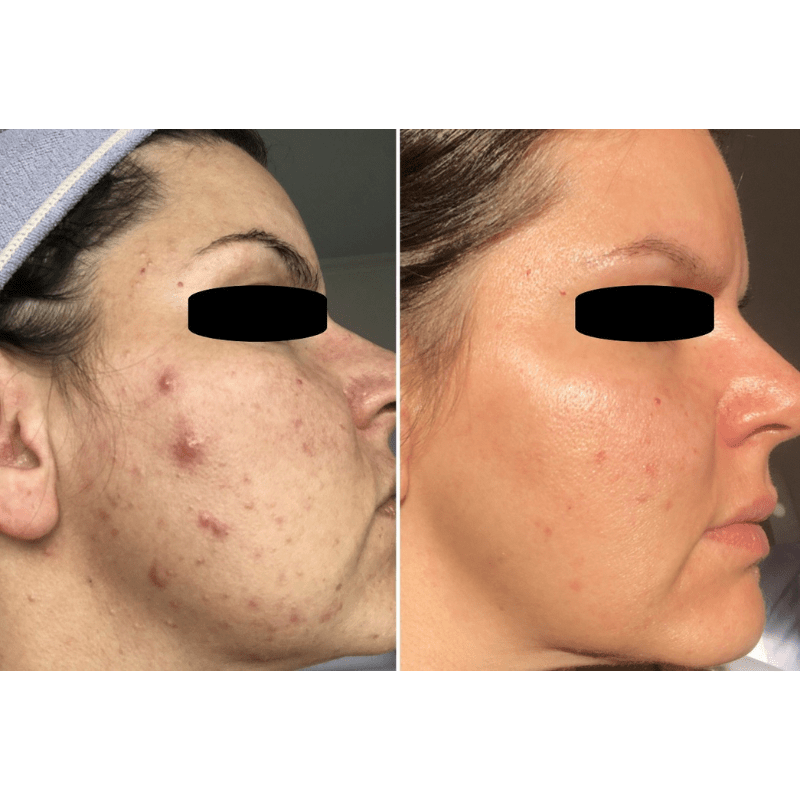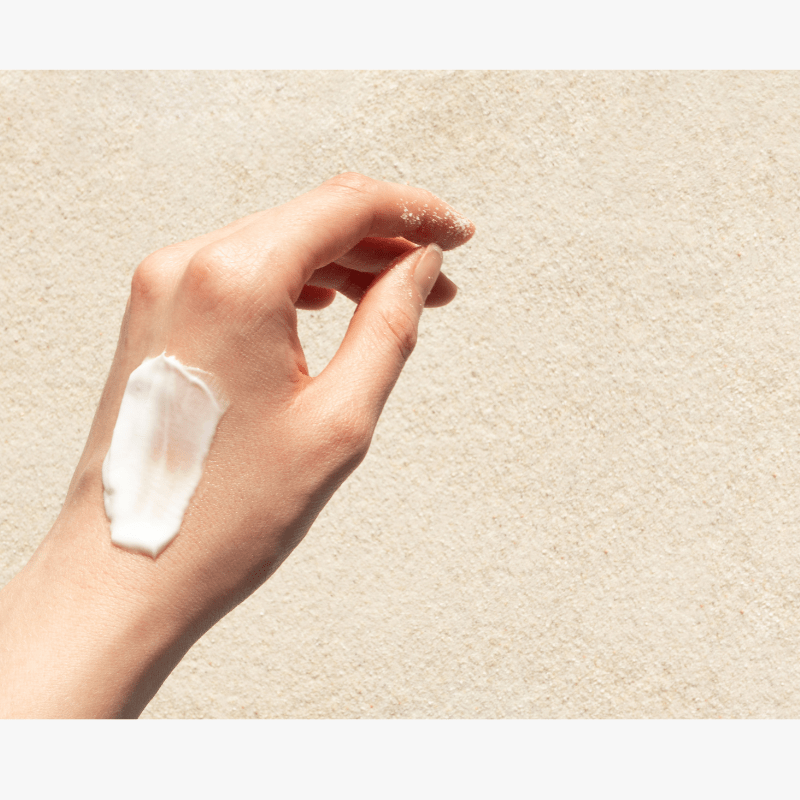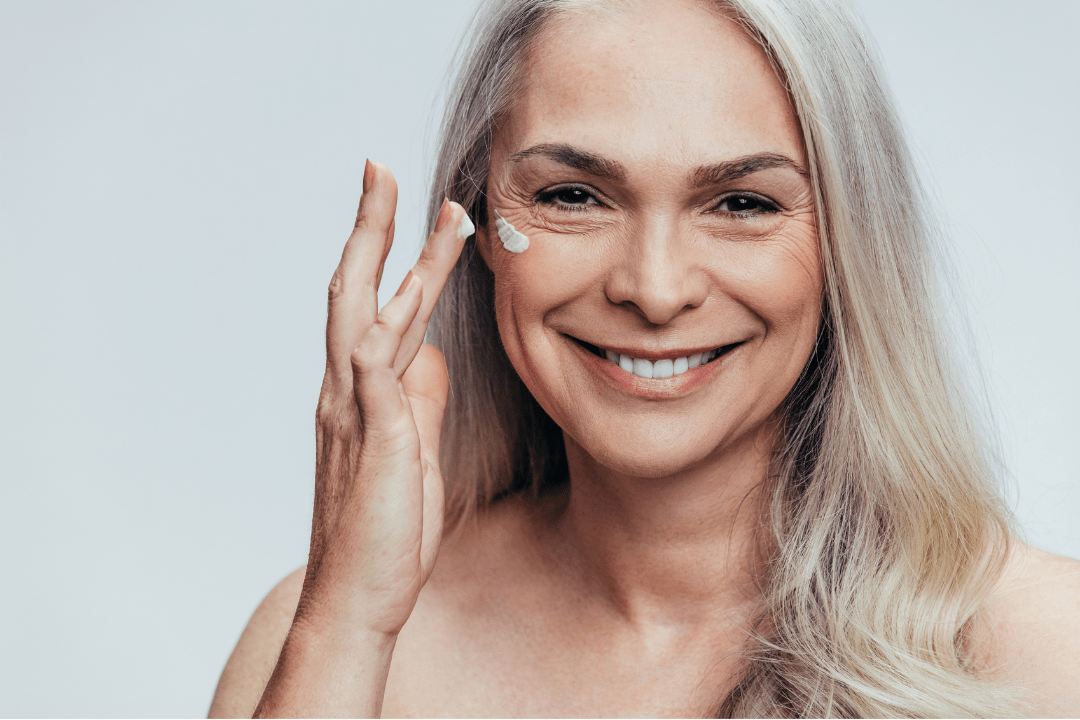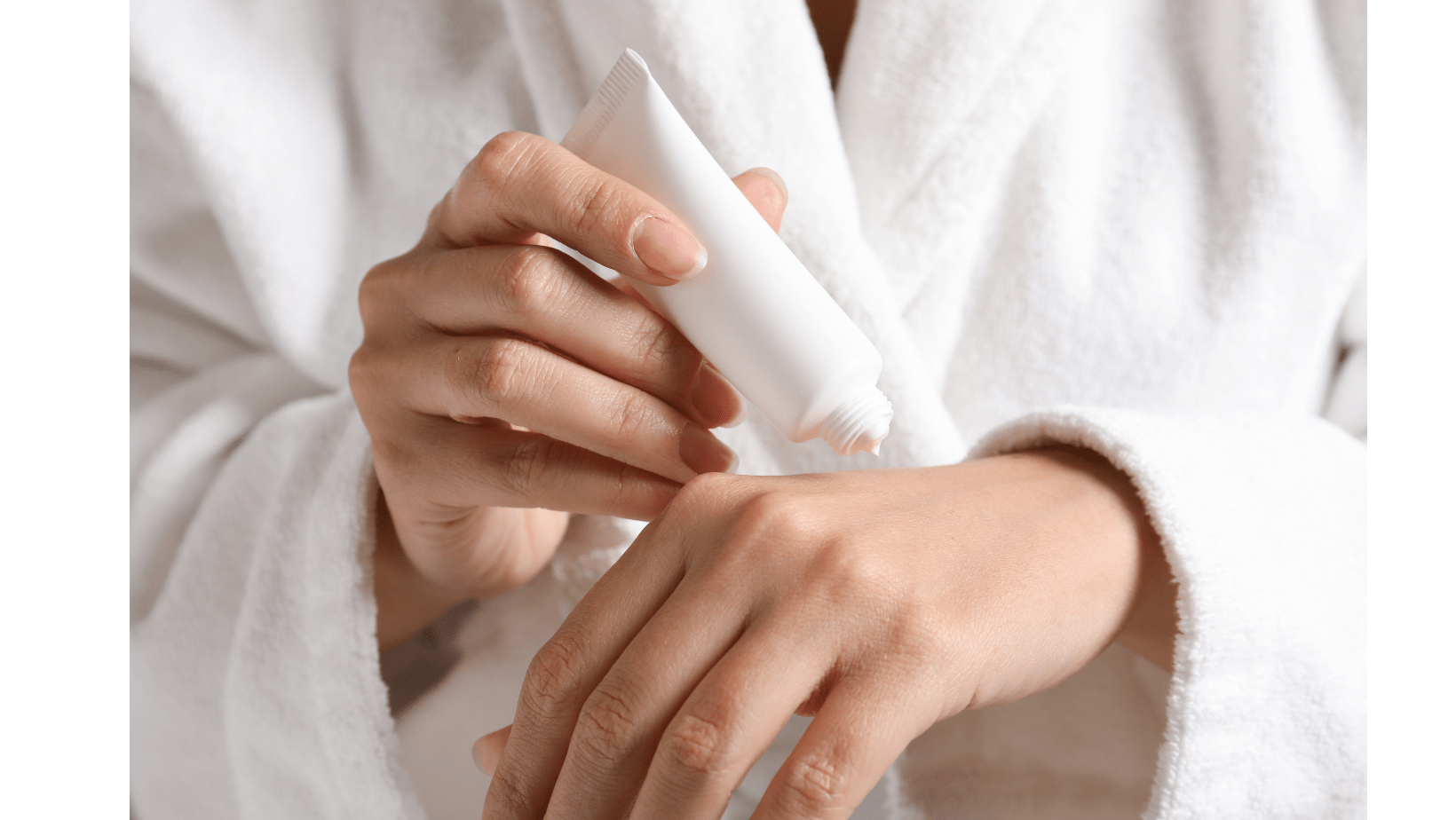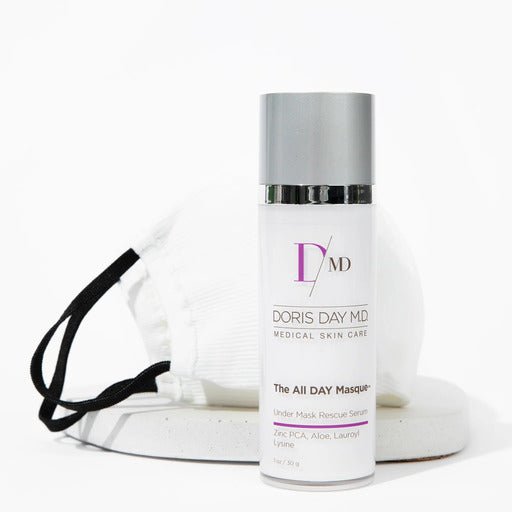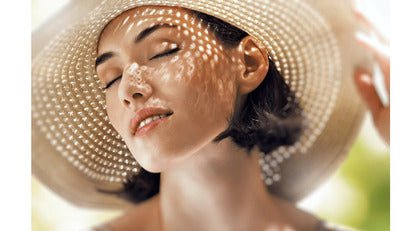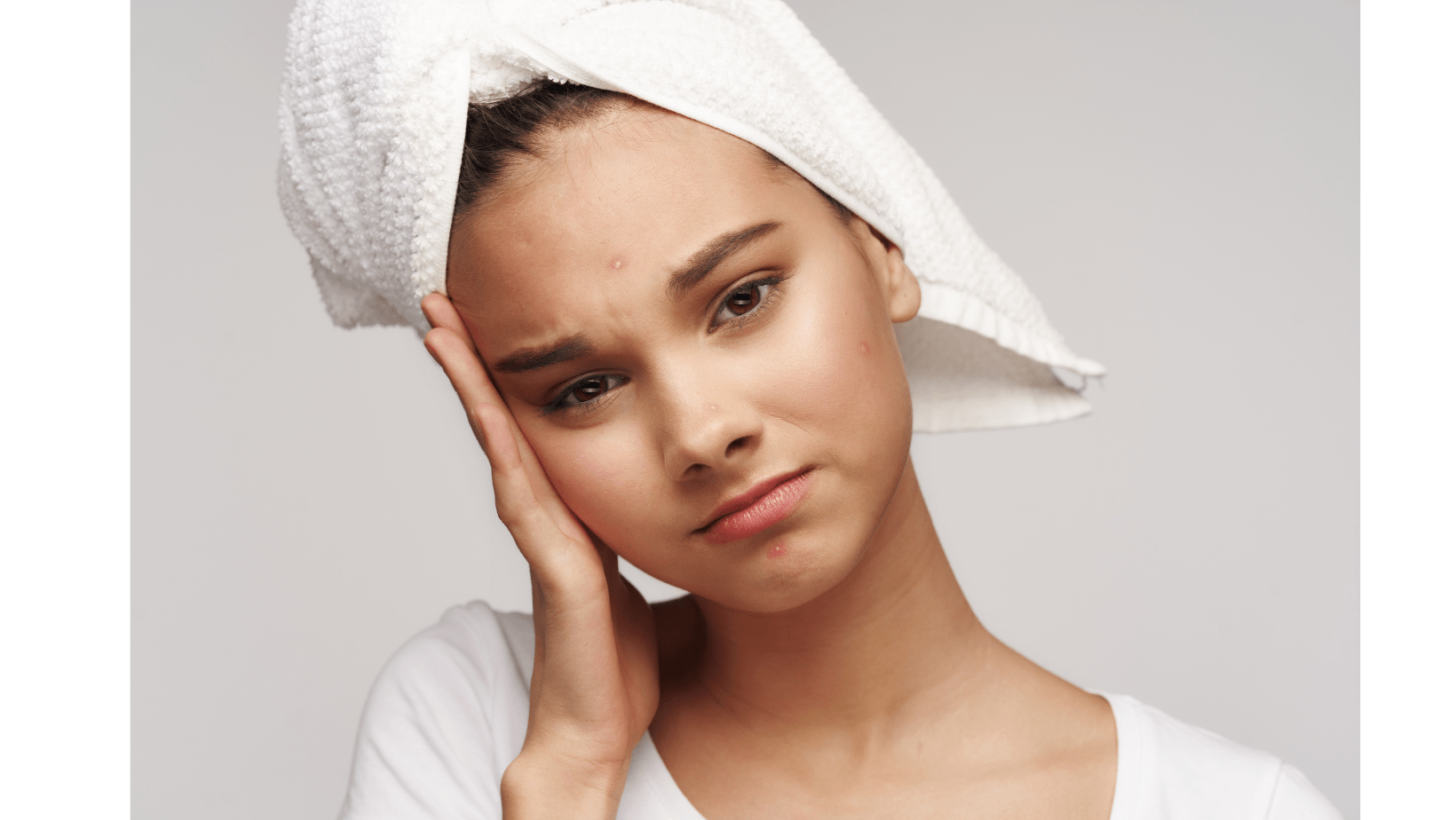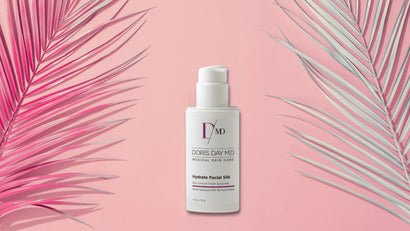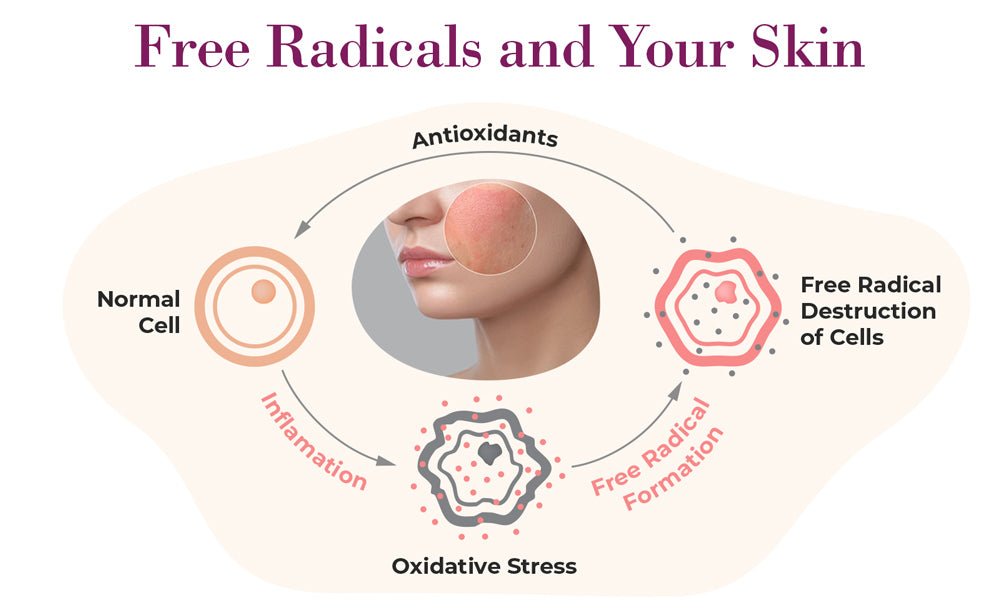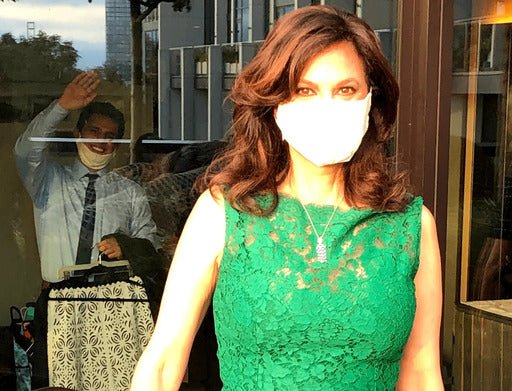Skin Exam
What could that growth be? A consultation with Dr. Day will help you find the answer. Come in for an evaluation and personalized treatment of acne, rashes, eczema, psoriasis, and rosacea flare-ups.
| Areas | Face Body Skin |
|---|---|
| Cost | Varies |
| Duration | 30 minutes |
| Frequency | Annual exams recommended |
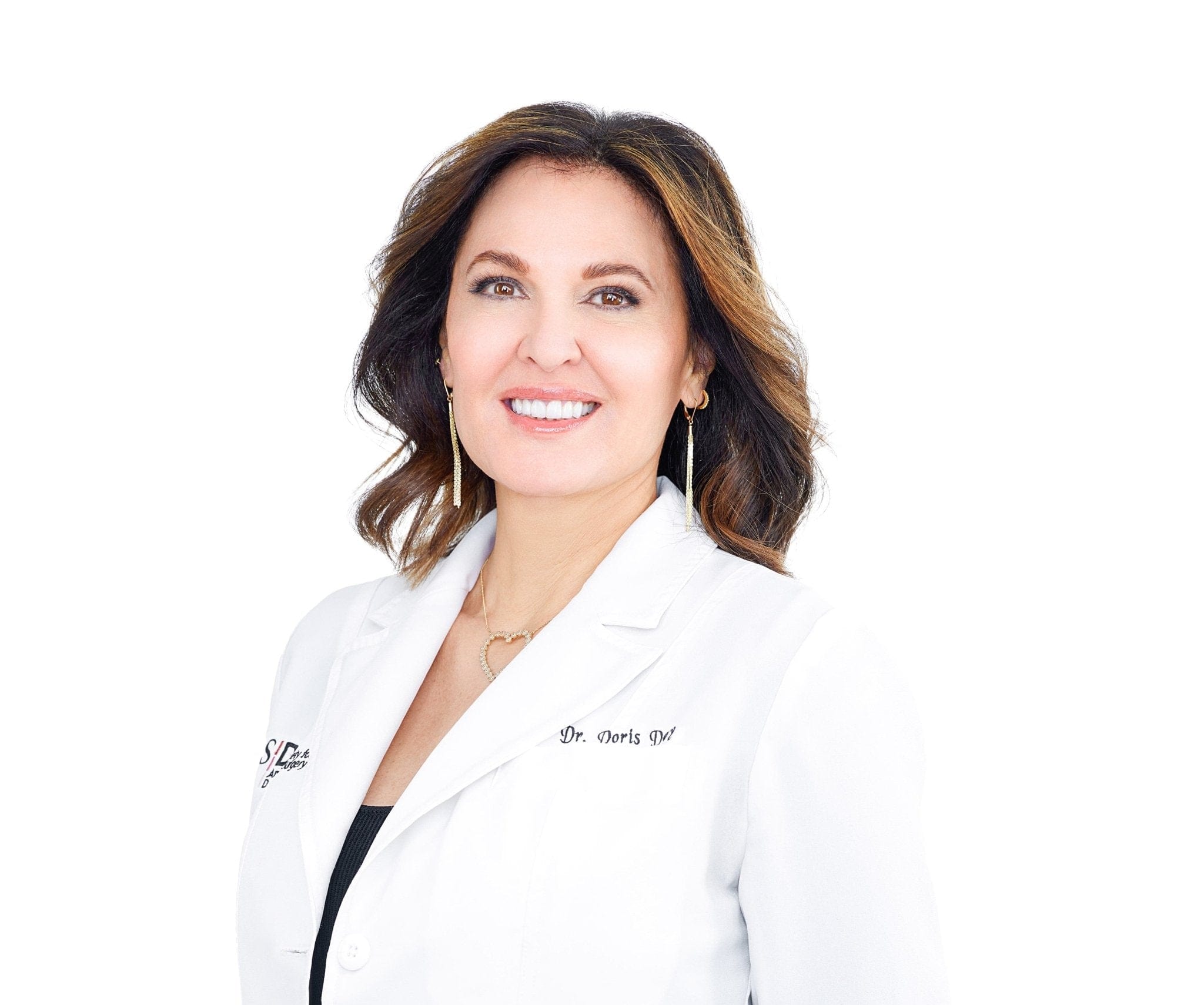
Questions? We’ve Got Answers.
What is melanocytic nevus?
It's the medical term for a common mole! Most people have between 10-40 moles that appear during childhood and adolescence. While moles in children can grow proportionally as they grow, any change in a mole or birthmark should be shown to your dermatologist.
In adults, these same changes, or the appearance of new moles, may be a sign of melanoma, the most serious form of skin cancer. However more than 50% of malignant melanomas arise in normally appearing skin. Melanoma can also occur in pre-existing moles, so it is important to check your skin on a regular basis. It is also extremely important to schedule an evaluation by a board certified dermatologist if you see a spot that is changing in any way. At your appointment, your dermatologist may choose to biopsy the mole to ensure that the spot is not cause for concern. The specimen is sent to a lab for evaluation, it takes about one week to get the results.
In adults, these same changes, or the appearance of new moles, may be a sign of melanoma, the most serious form of skin cancer. However more than 50% of malignant melanomas arise in normally appearing skin. Melanoma can also occur in pre-existing moles, so it is important to check your skin on a regular basis. It is also extremely important to schedule an evaluation by a board certified dermatologist if you see a spot that is changing in any way. At your appointment, your dermatologist may choose to biopsy the mole to ensure that the spot is not cause for concern. The specimen is sent to a lab for evaluation, it takes about one week to get the results.
What are warts?
Warts usually look like skin colored fleshy bumps that can sometimes have a rough texture and can bleed easily. Different types of warts appear on different parts of the body, and depending on where your wart is located, it can be painful. Warts are all caused by Human Papiloma Virus (HPV). There are over 90 types of HPV, and whenever you touch or come in contact with HPV, whether it be in your own home or from walking barefoot near the pool or in the shower, your skin is exposed to the virus. Warts often appear in areas where the skin was broken (so stop biting those hangnails!!). Some people are genetically more prone to HPV and increased stress can also be a factor as well. Fortunately, warts are easily treated. Treatment options include at-home product (i.e. salicylic acid), or in-office cryotherapy (liquid nitrogen), laser or injection of an immune booster. It can take several treatments, usually done at 2-3 week intervals or several months of at home treatments to eliminate the virus from the affected areas.
What are keratoses?
There are two common types of keratoses — Seborrheic and Actinic. Serborrheic Keratoses (SKs) range from skin colored to dark brown, and are often described as having a thick or warty surface. Patients worry that their SK could be a melanoma because they see a change in color or size. However, these are genetic, benign lesions, unrelated to sun. Blame this one on your relatives! Most people will get at least one in their lives, and despite the ubiquity, a lot of people find them unsightly and elect to have them removed using cryotherapy, electrodessication, or gentle scraping.
Actinic keratosis, also known as solar keratosis, is a flaky, scaly growth on the skin that is typically caused by chronic exposure to UV rays. For this reason, they often appear on parts of the body that are most exposed to the sun, such as the face, arms, back, and scalp. While they can occur in any skin type, they are common in individuals who are more susceptible to sun damage, such as those with lighter skin who burn easily and tan poorly. While these are usually slow growing and more of a nuisance than a danger, if left untreated over long periods of time, they can evolve into a skin cancer called squamous cell carcinoma. Fortunately, there are many options available to treat AKs and restore your skin. Treatment options include cryotherapy, photodynamic therapy, topical chemotherapy creams, and laser resurfacing.
Actinic keratosis, also known as solar keratosis, is a flaky, scaly growth on the skin that is typically caused by chronic exposure to UV rays. For this reason, they often appear on parts of the body that are most exposed to the sun, such as the face, arms, back, and scalp. While they can occur in any skin type, they are common in individuals who are more susceptible to sun damage, such as those with lighter skin who burn easily and tan poorly. While these are usually slow growing and more of a nuisance than a danger, if left untreated over long periods of time, they can evolve into a skin cancer called squamous cell carcinoma. Fortunately, there are many options available to treat AKs and restore your skin. Treatment options include cryotherapy, photodynamic therapy, topical chemotherapy creams, and laser resurfacing.
What are skin tags?
These are skin colored out-pocketings that occur most commonly in areas where the skin folds, such as the neck, under the arms, behind the knee, and in the groin. While not at all dangerous, they can be removed easily if desired. While skin tags are benign, it is important for your dermatologist to evaluate them to confirm. Treatment options include electrodessication and removal with gradle excision. (While snipping it off sounds easy, please do not try this at home!). Stitches are not usually needed for this treatment. It can take 7-10 days to heal so please plan carefully around important events.
What are cherry hemangiomas?
These are round, slightly protruding, ruby-red growths that are most often found on the trunk and increase in number as you age. Treatment options include electrodessication or pulse-dye laser. It can take 7-10 days to heal so please plan carefully around important events.
What are lentigos?
Lentigos are brown spots that occur in sun exposed areas of the face and body. They usually appear after the age of 30 and should be evaluated by your board certified dermatologist to confirm the diagnosis. Treatment is often with cryotherapy or laser, a series may be needed to completely eliminate the lesions. It can take 7-10 days to heal so please plan carefully around important events. Sun protection is important to avoid recurrence and help prevent new lesions from forming.
What are cysts?
A cyst is a pocket of tissue that can enclose fluid, contents of the follicle or pore, or other substances. While cysts can occur in many different organs, the skin is especially prone, as it contains millions of hair follicles which can all technically become cysts. At your visit, Dr. Day can explore various options for removing a bothersome cyst, such as incision and drainage or excision.
What is keratosis pilaris?
This extremely common skin condition appears as small bumps on the skin of the upper outer arms and thighs that can often look like goosebumps or the skin of a plucked chicken. Keratosis pilaris is technically plugs of dead skin cells in the follicles. It may worsen in the winter for some and the summer for others. It is genetically related and often happens in families prone to asthma and allergies. Your dermatologist can help you come up with an effective treatment plan. Some helpful tips include: 1) Always moisturize after bathing, ideally within five minutes of getting out of the shower; 2) Use moisturizers with ingredients that promote exfoliation, like lactic acid, urea, glycolic acid, and salicylic acid; 3) Avoid over aggressive scrubbing or exfoliating as it can exacerbate KP, leaving your skin looking raw.
What are milia?
These tiny, pearly bumps most commonly appear around the eyes, nose, chin and forehead. Milia will often disappear naturally over time and are not usually a cause for medical concern. However, they can be a sign that you are using a product that is too rich. Please don’t try to extract these on your own, they are deep in the skin and
Pre-Care Instructions
Post-Care Instructions
Beauty Routine
Please remove all nail polish before your visit, so we can properly evaluate your skin and nails.
None
There is no specific post-care associated with the skin exam.


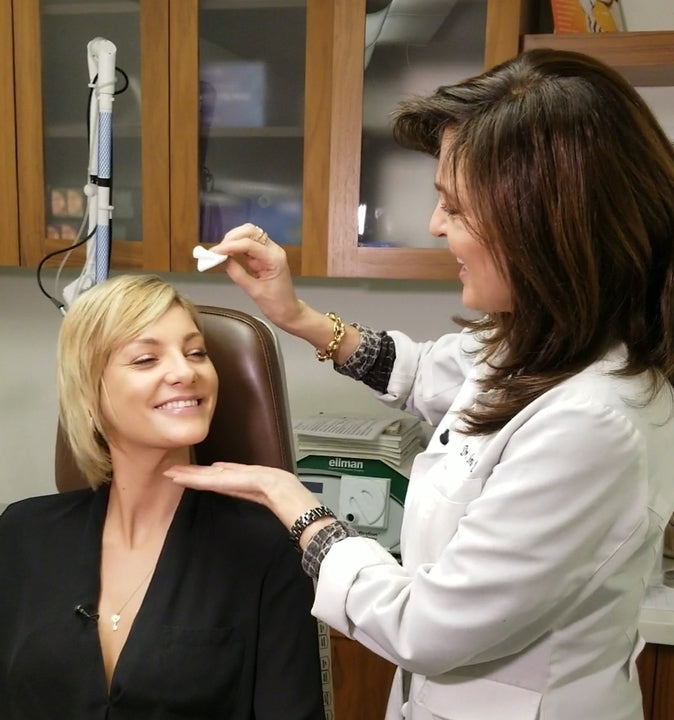

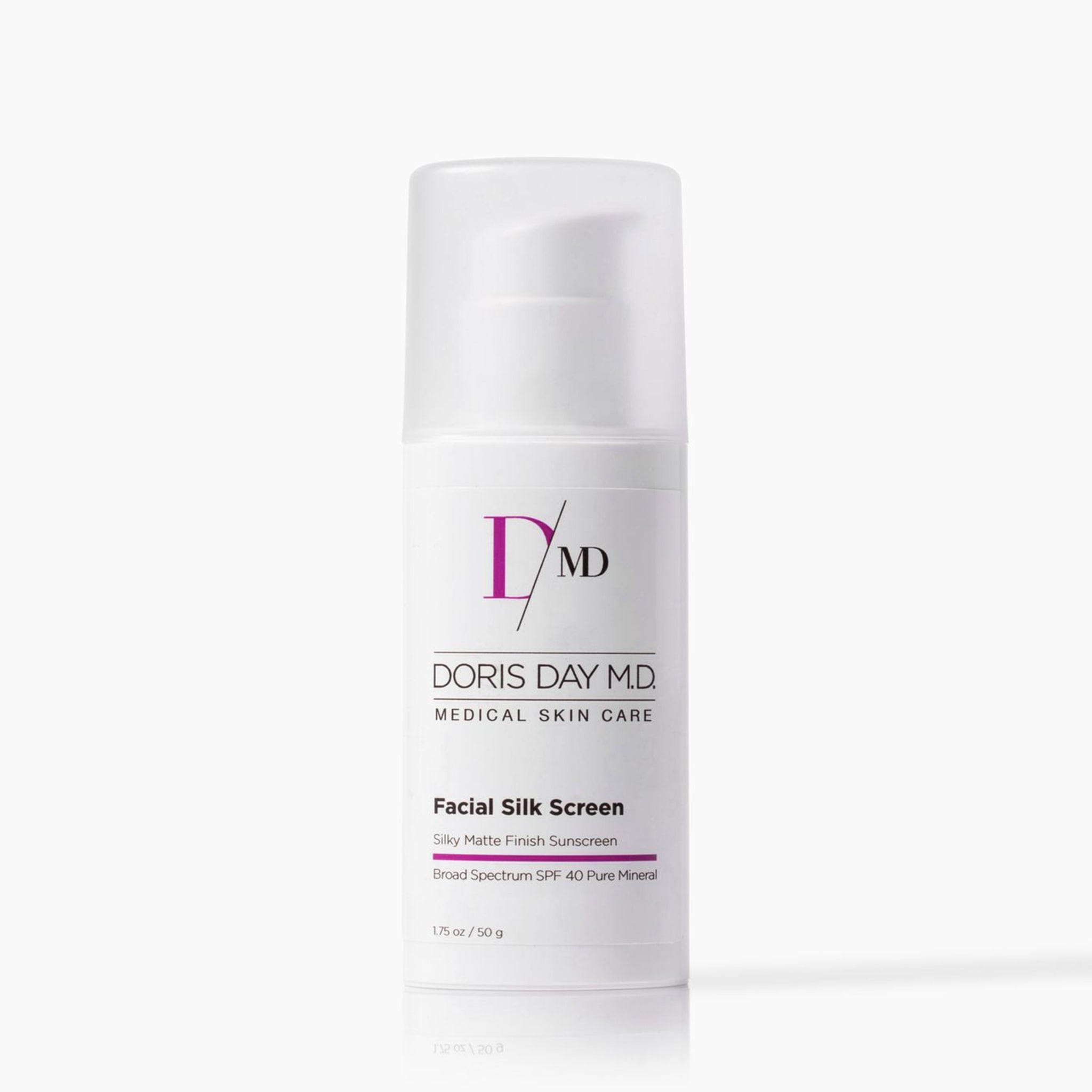
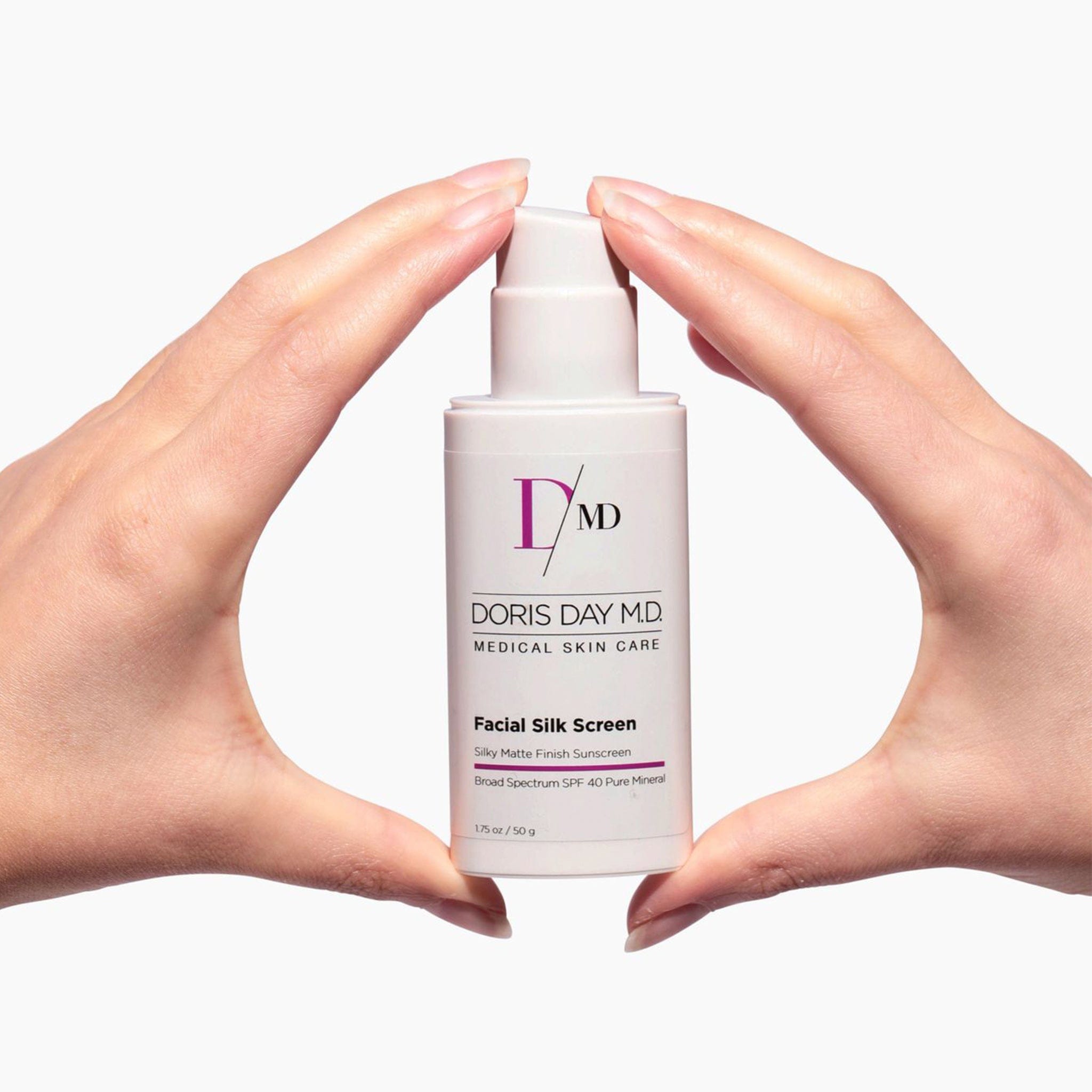
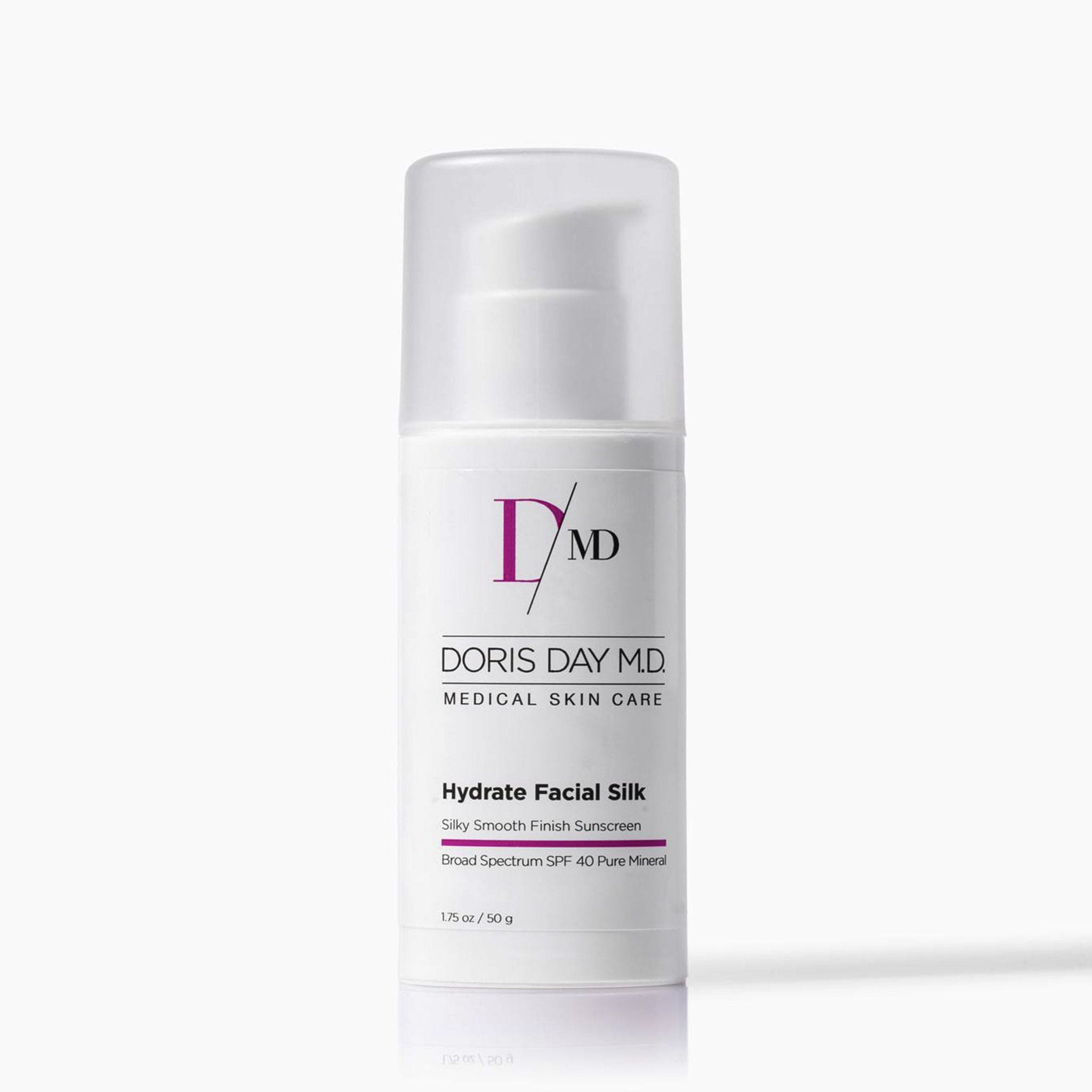
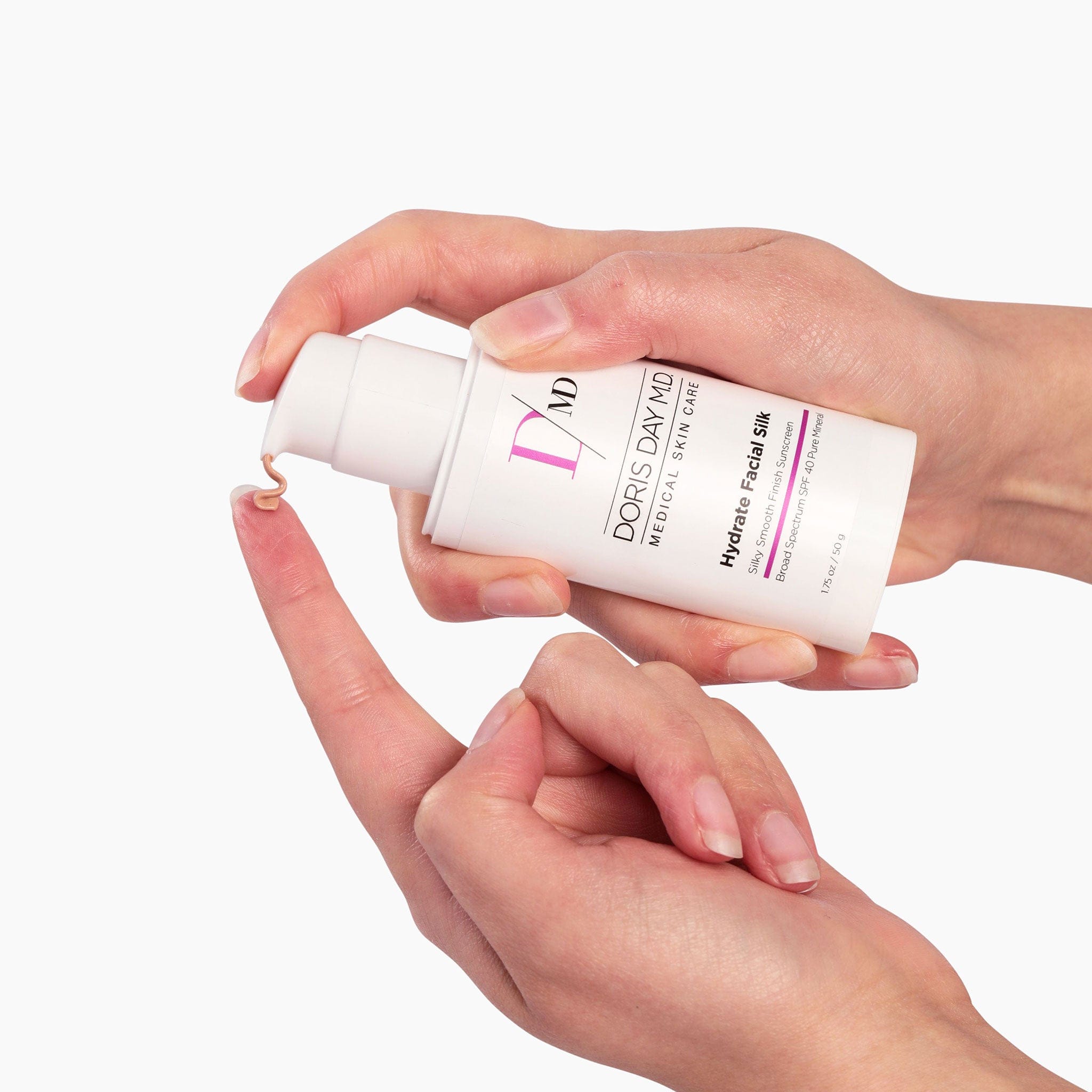

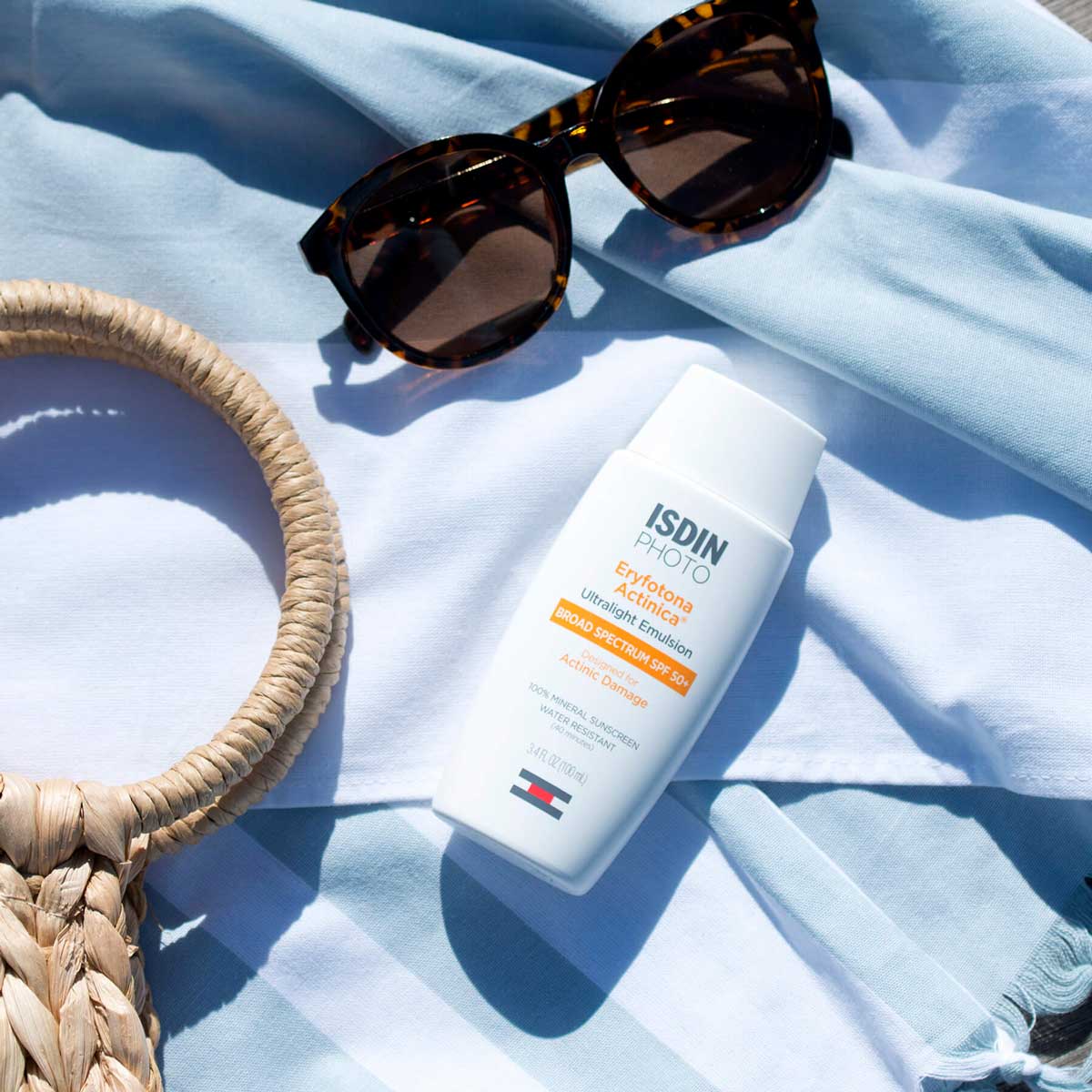
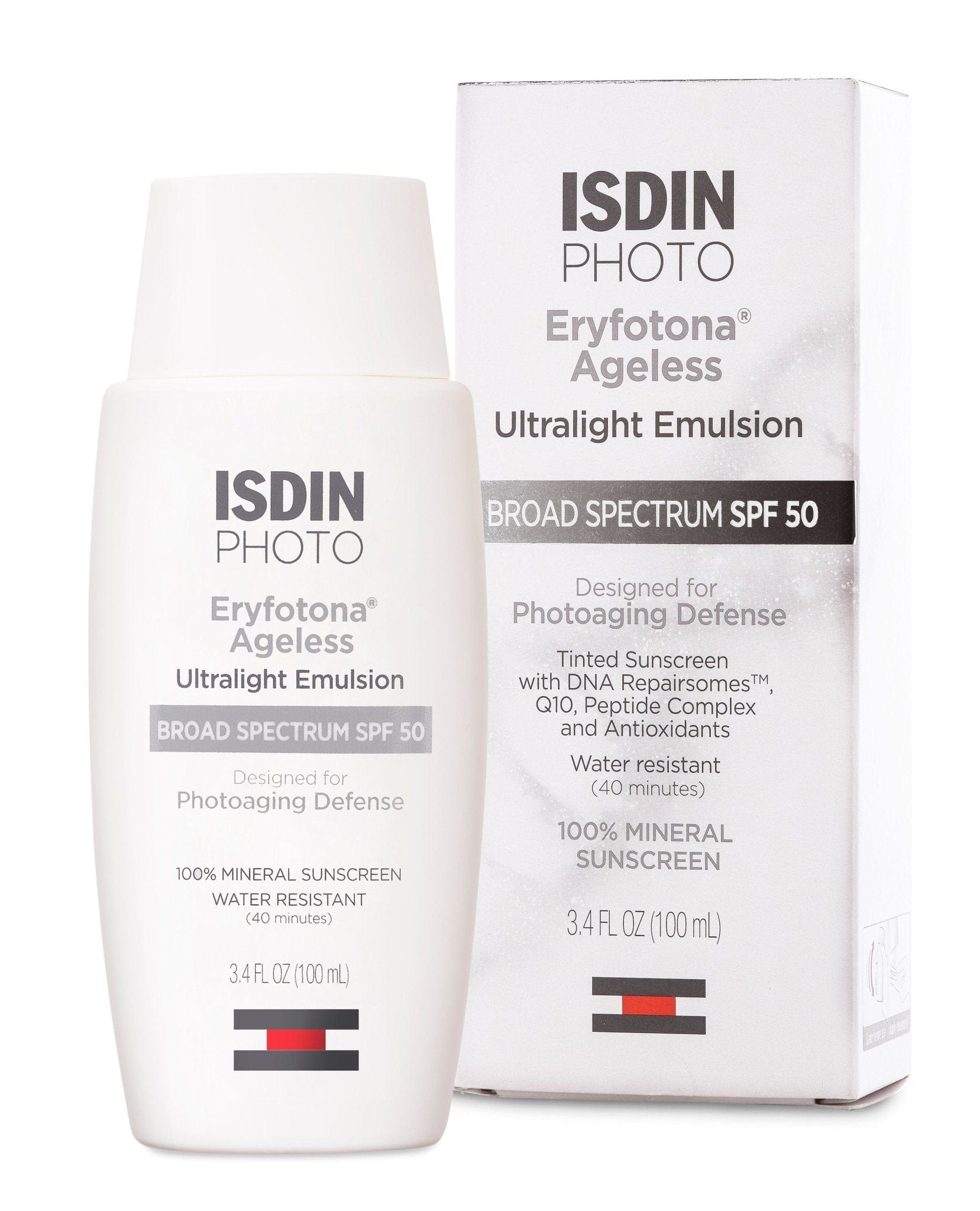
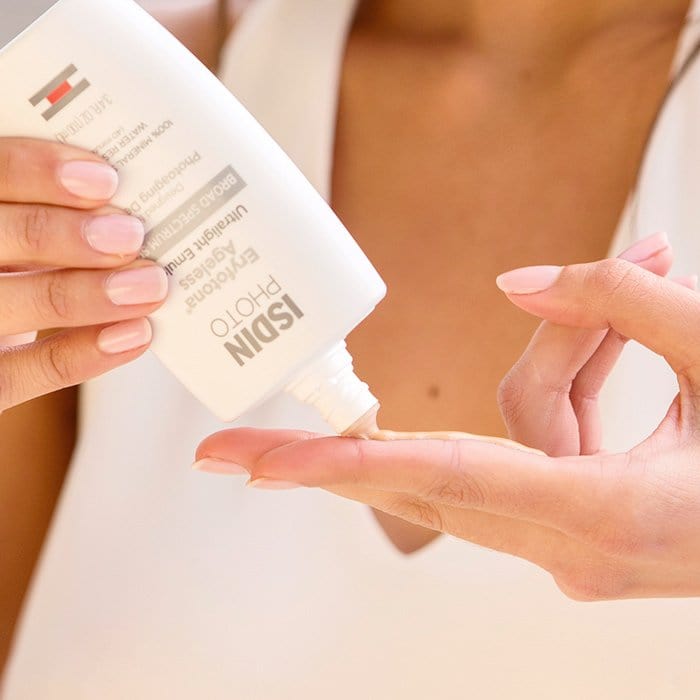
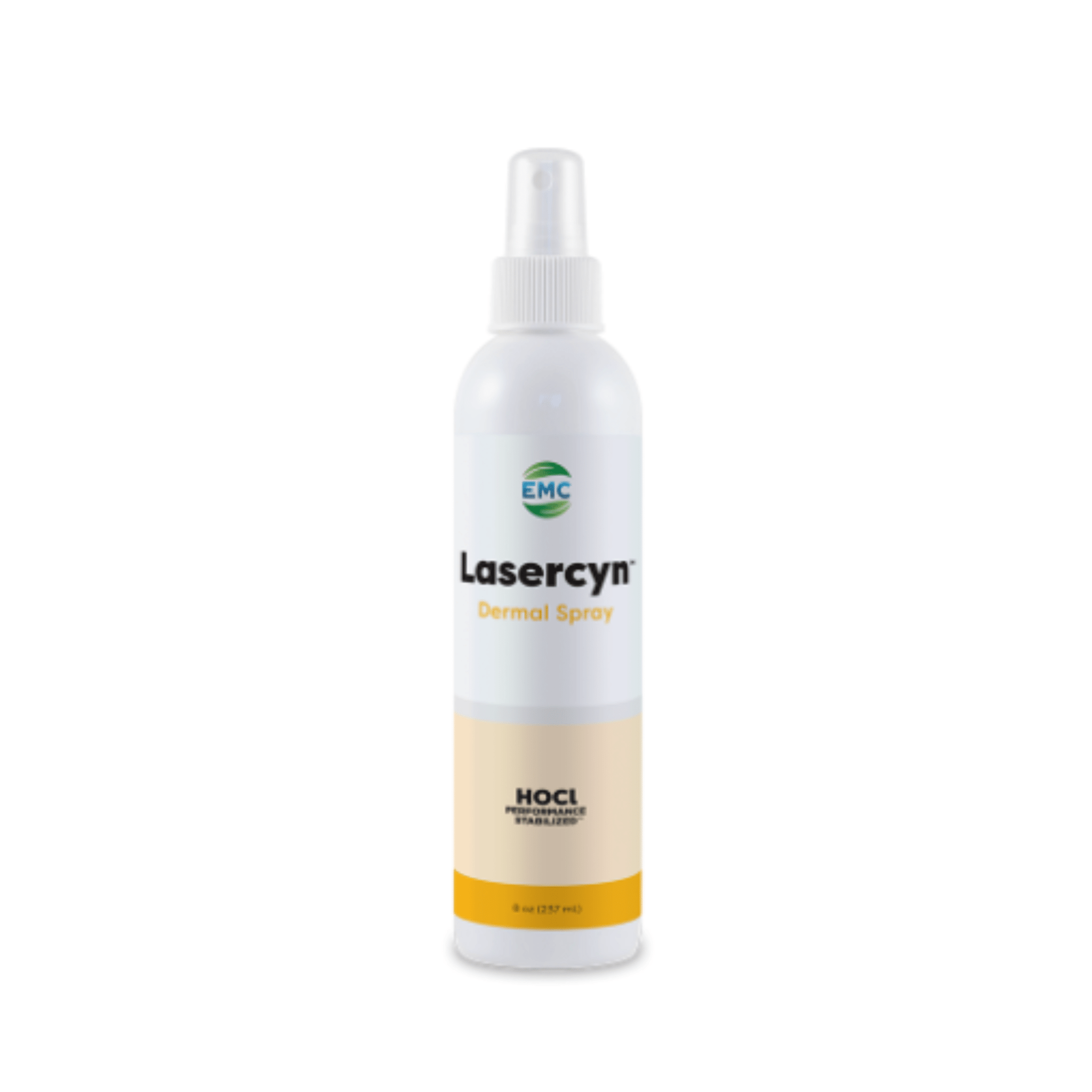
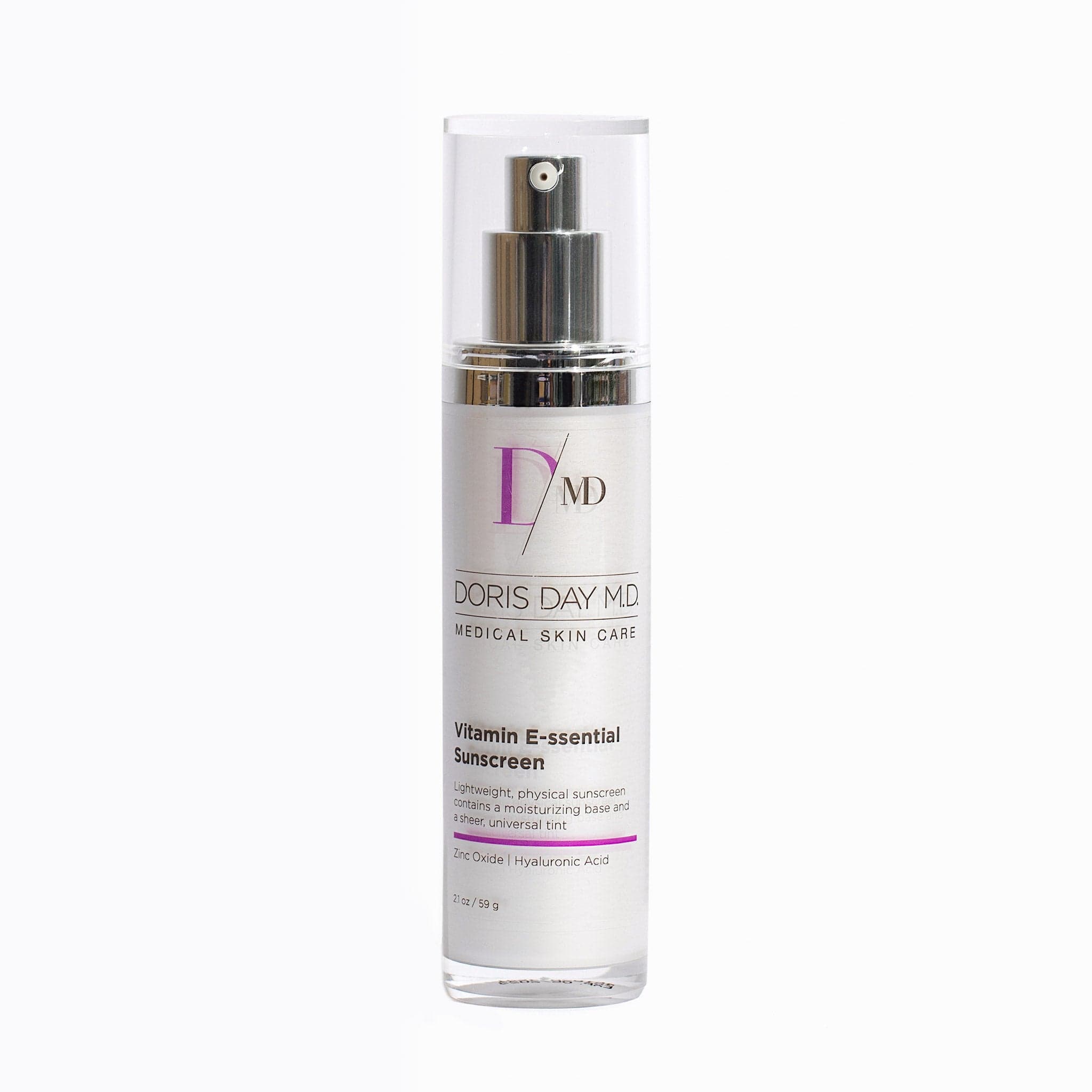
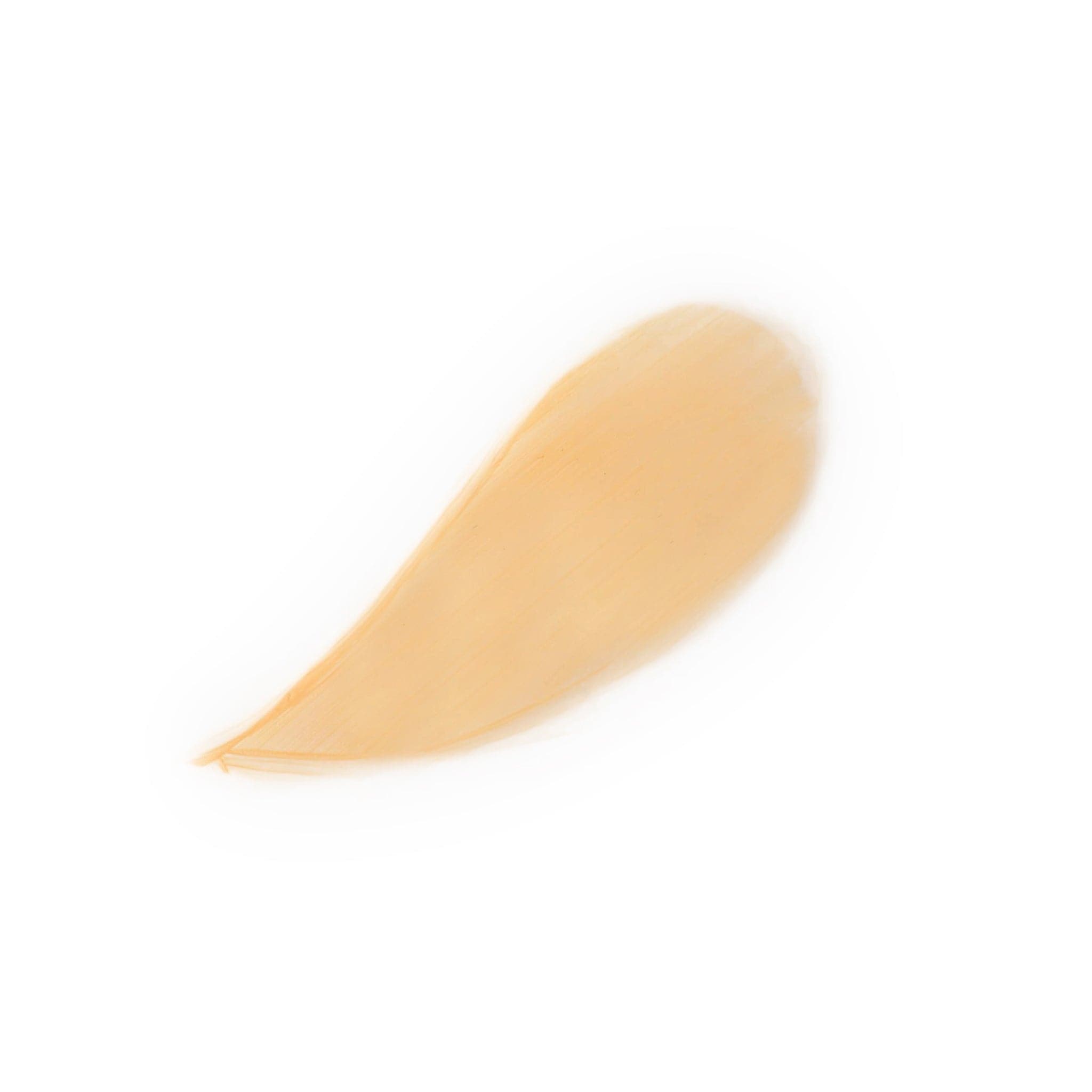


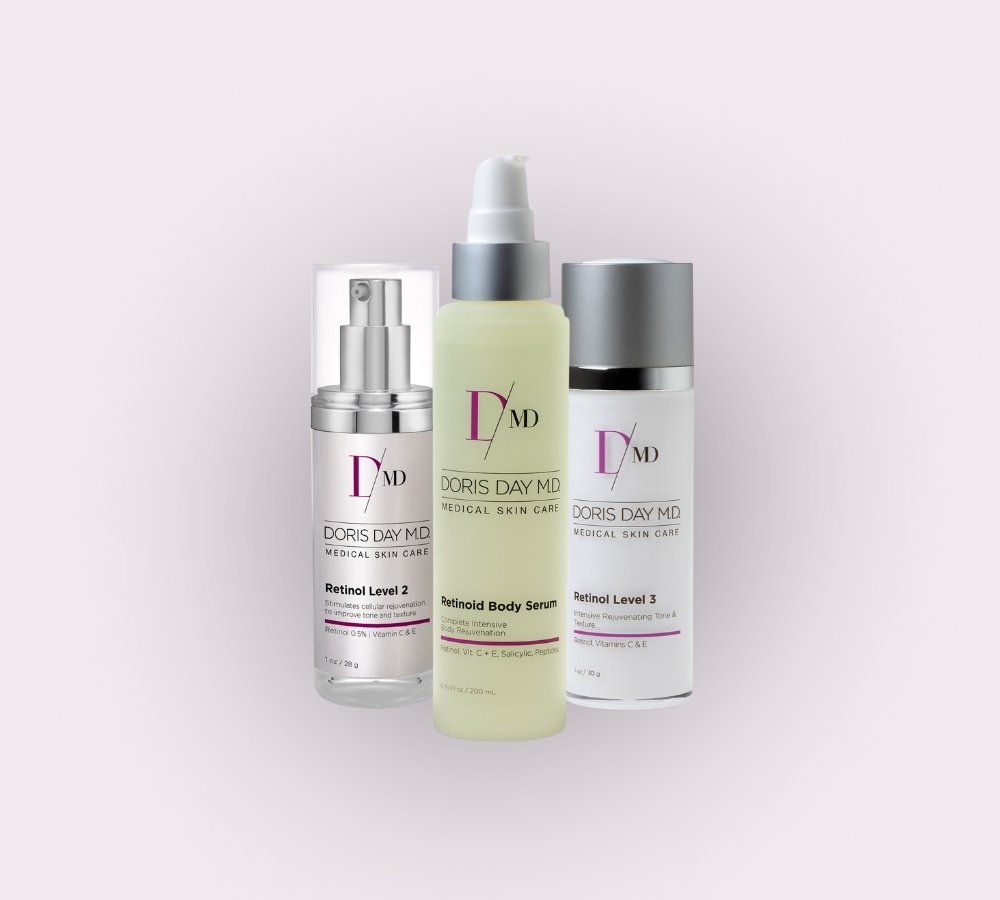
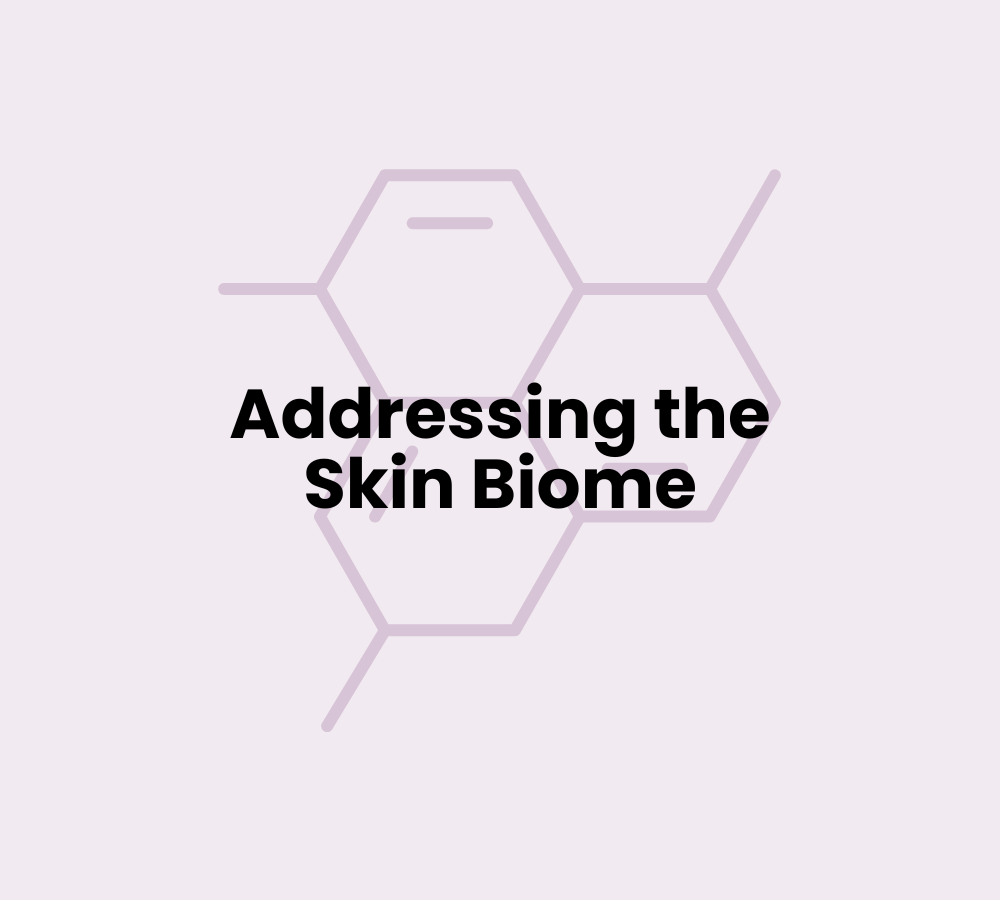


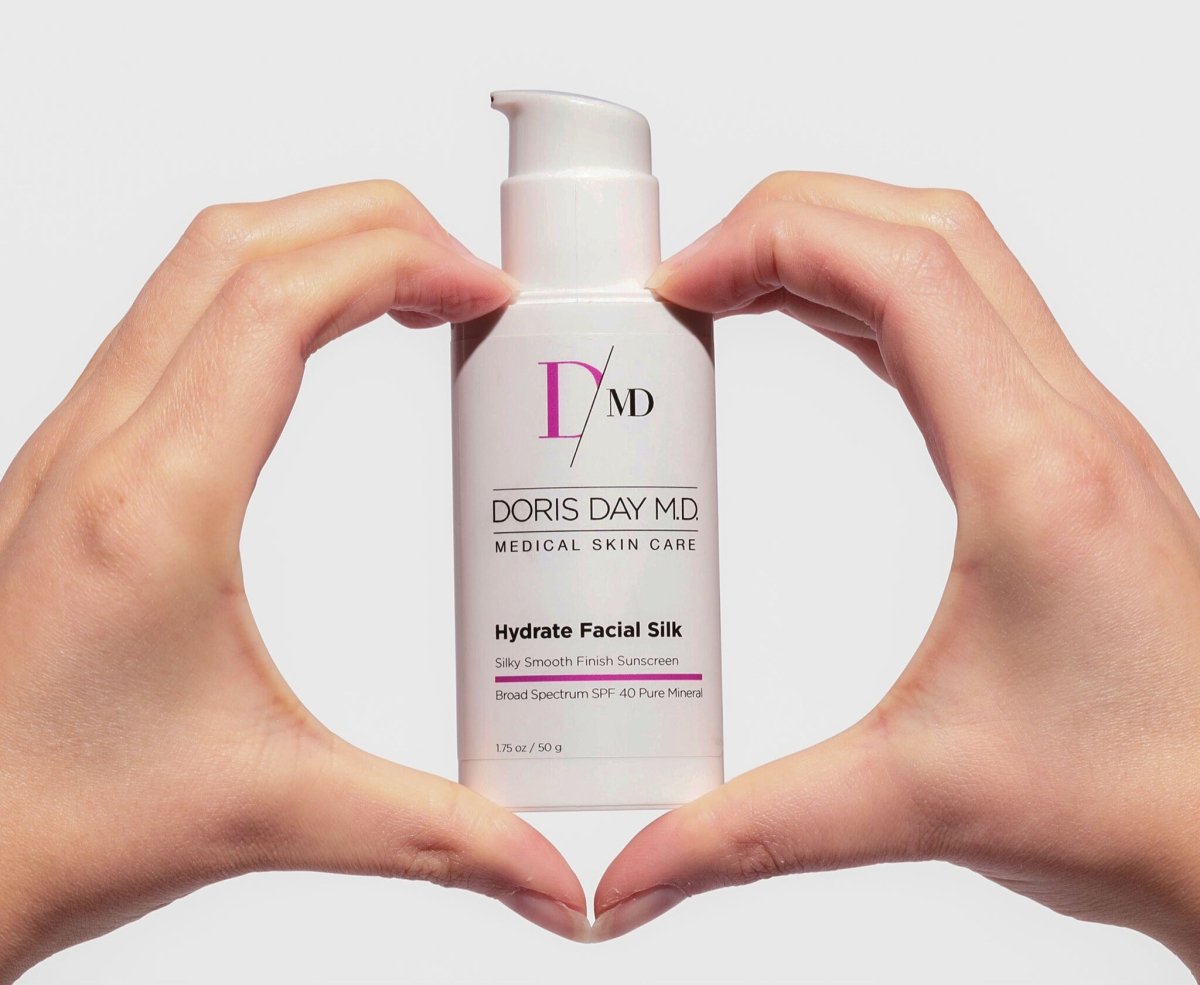
![[Q&A Session] How Can I Regain Lost Collagen?](http://drdorisday.com/cdn/shop/articles/blog_collagen-129369.jpg?v=1718359252)
![[The Guide] The Role of Vitamins in Skin Health](http://drdorisday.com/cdn/shop/articles/Untitled_design_-_2023-07-17T132550.194-746592_1-766200.jpg?v=1718359244)
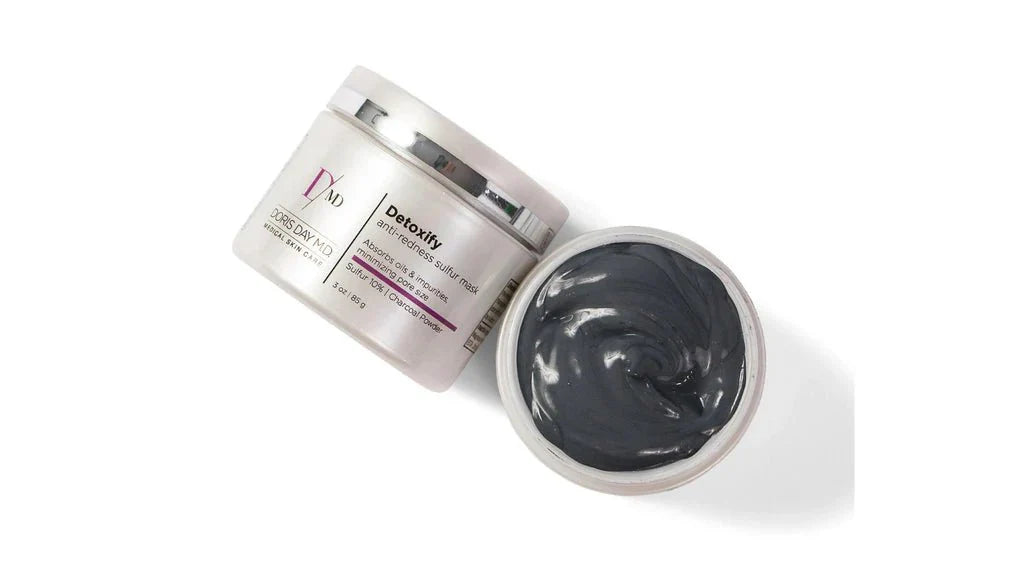
![[Q&A Session] My neck makes me feel bad. Are there solutions?](http://drdorisday.com/cdn/shop/articles/Untitled_design_-_2023-08-23T110055.551-622349.jpg?v=1718359247)
![[The Routine] Dynamic Duos](http://drdorisday.com/cdn/shop/articles/Untitled_design_-_2023-10-25T151801.915-616522.jpg?v=1718359255)
![[The Science ] of Longevity: A Skin Focused Approach](http://drdorisday.com/cdn/shop/articles/BLOG_15-592594.jpg?v=1718359250)
![[Q&A Session] Unlock the Secrets of Nighttime Skin Renewal](http://drdorisday.com/cdn/shop/articles/Untitled_design_-_2023-07-25T165750.416-335416-348543.jpg?v=1718359244)
![[The Science] of Skin Care Advice](http://drdorisday.com/cdn/shop/articles/BLOG_14-392044.jpg?v=1718359260)
![[The Science] Root Cause of Hair Loss](http://drdorisday.com/cdn/shop/articles/BA_Hair-490451.jpg?v=1718359246)
![[The Guide] 3 Steps to Layering Skincare Products](http://drdorisday.com/cdn/shop/articles/Exfolitaing_Pads_05_1.jpg?v=1718359230)
![[The Guide] ❄️ Strategies for Winterproofing Your Skin](http://drdorisday.com/cdn/shop/articles/BLOG_5-989076.jpg?v=1718359258)
![[The Routine] 🎊 Kick off the New Year & Detoxify your Skin!](http://drdorisday.com/cdn/shop/articles/BLOG-902047.jpg?v=1718359257)
![[The Science] of Body Retinol: Understanding Its Benefits for Skin Health](http://drdorisday.com/cdn/shop/articles/Retinol_Body_with_Drip-426014.jpg?v=1718359258)
![[The Guide] How Can We All Make A Difference on Giving Tuesday](http://drdorisday.com/cdn/shop/articles/BLOG_1-512522.jpg?v=1718359256)
![[The Routine] National Healthy Skin Month: Anti-Aging Rock Stars You Need in Your Routine](http://drdorisday.com/cdn/shop/articles/BLOG-976865.jpg?v=1718359256)
![[Q&A Session] Can Cleansing Take the Place of Exfoliating?](http://drdorisday.com/cdn/shop/articles/AM_1-879291.jpg?v=1718359254)
![[The Routine] The Power of Pumpkin](http://drdorisday.com/cdn/shop/articles/Untitled_design_-_2023-10-10T143250.660-884387.jpg?v=1718359253)
![[Q&A Session] Help! Is it Rosacea or Change of Seasons?](http://drdorisday.com/cdn/shop/articles/Untitled_design_-_2023-09-27T094707.198-511178.jpg?v=1718359250)
![[The Guide] to Peptides: Unveiling the Power of Peptides](http://drdorisday.com/cdn/shop/articles/Untitled_design_-_2023-09-19T154414.973-792628.jpg?v=1718359252)
![[The Routine] Transitioning Your Skin Care from Summer to Fall](http://drdorisday.com/cdn/shop/articles/About_Section-_Website_5-247193.jpg?v=1718359249)
![[The Science] of Radiant Skin](http://drdorisday.com/cdn/shop/articles/c2-DorisDay_r1_8764_4-713257.jpg?v=1718359249)
![[The Routine] Adding an Extra Boost to Your Skincare Regimen](http://drdorisday.com/cdn/shop/articles/Untitled_design_-_2023-08-09T104005.666-294320_1-585240.jpg?v=1718359247)
